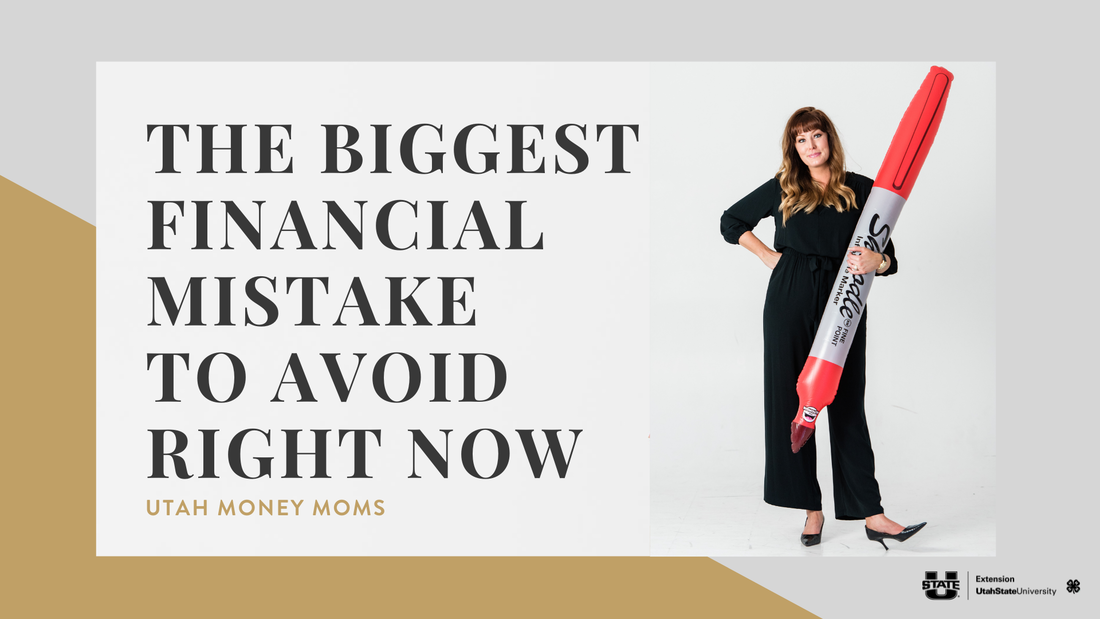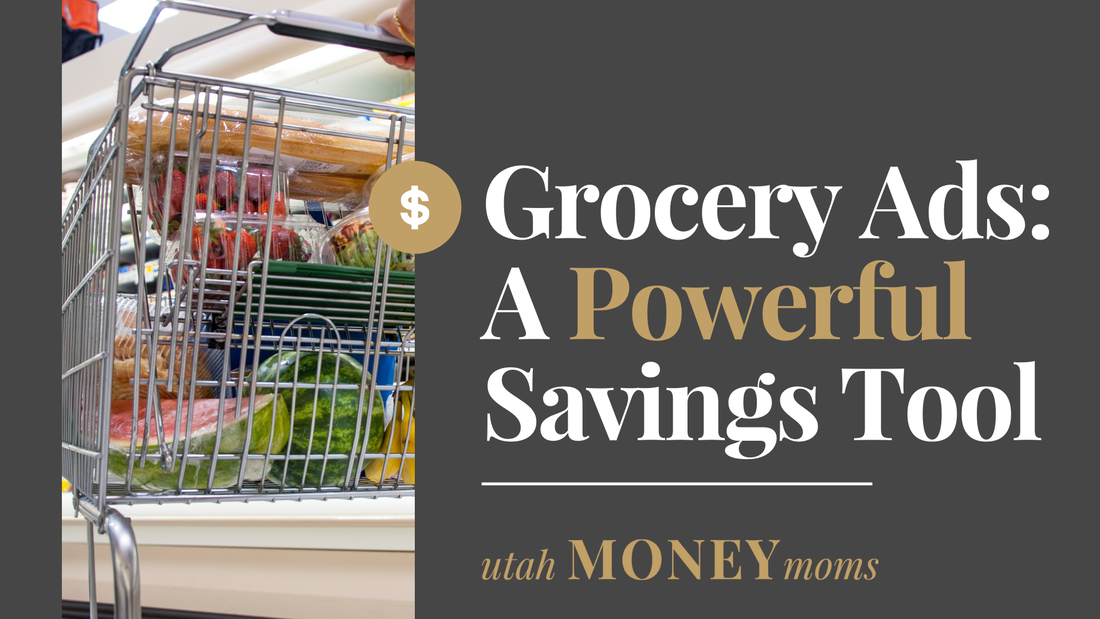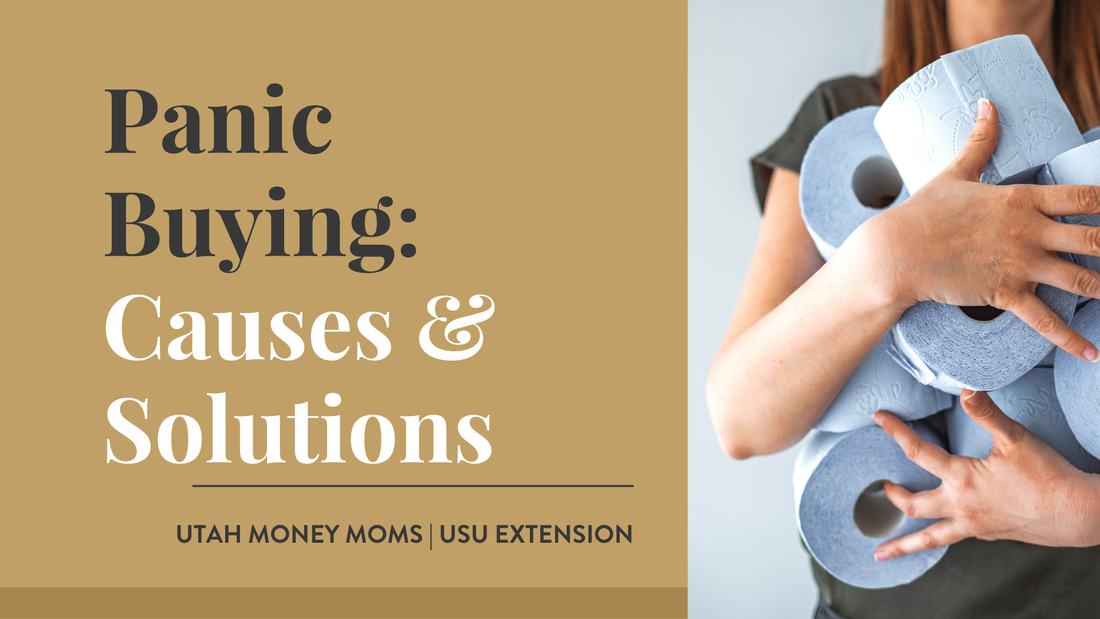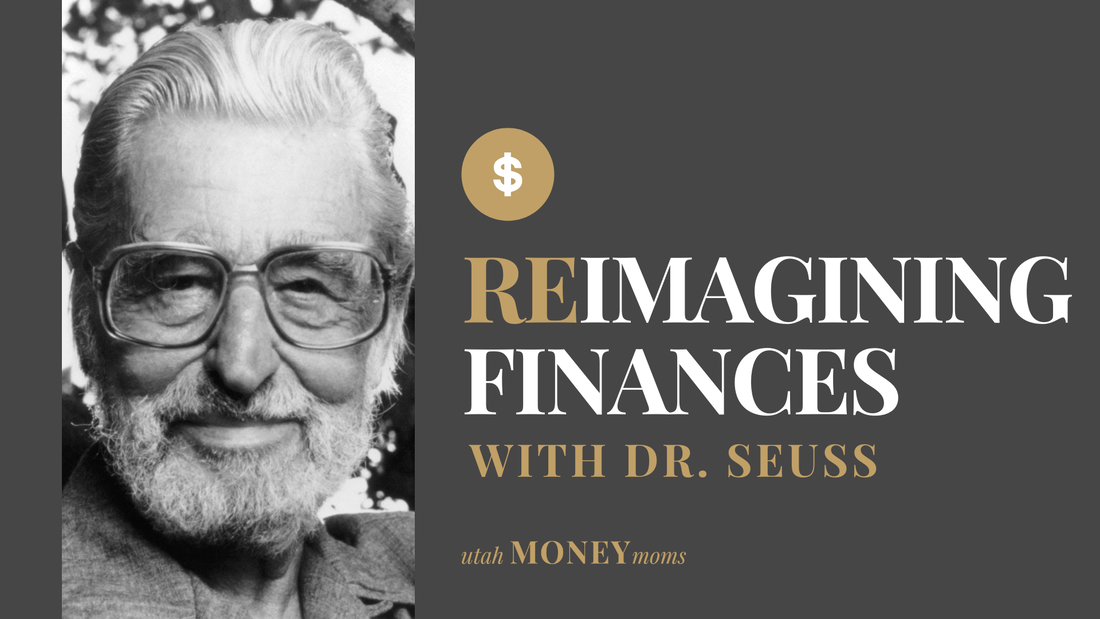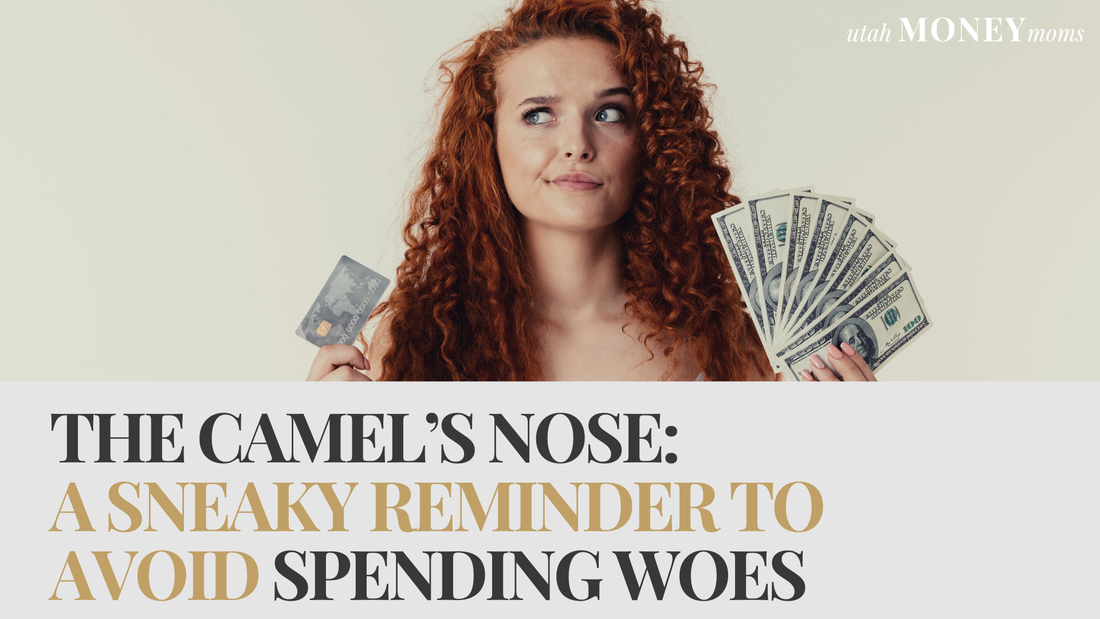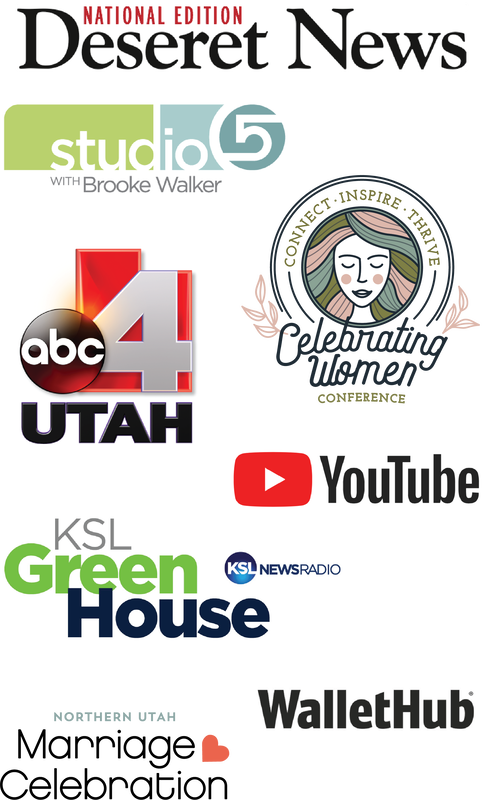|
Amanda H. Christensen, AFC, Extension Professor Utah State University In conjunction with launching the new website, www.inflation.usu.edu, local news outlet KSL 5 reached out this week and asked what I thought was the biggest financial mistake many people are making right now to cope with inflation.
My response: Opening credit cards and using them to maintain the same level of pre-inflation spending. Watch the full segment here. According to Equifax, the increase in credit card applications are up 30% compared to this time last year. Credit card rates rise when the feds raise interest rates which they have already done multiple times this year to try and curb our inflation-related economic issues. This means you'll be paying much more tomorrow for the debt you incur today. My advice: Don't finance your life away to maintain your pre-inflation standard of living. Instead of using credit cards to spend without restraint, focus on a few problem areas (aka groceries, gas, etc.) and make a commitment to trim expenses next month. Download the Cutting Expenses Guidebook to guide your decisions. This free resource has ideas to trim expenses in nine categories and a section on how to boost savings. Your future self (and all the fun things you want to do in the future) will thank you. Join one of our free webinars to learn more about how to inflation-proof your finances. See the full list of upcoming webinars HERE.
0 Comments
Alicia Nelson-Bell, Empowering Financial Wellness Program Coordinator I’m sure that over the course of the last year we have all seen that our grocery money doesn’t buy us as much as it used to. Because of this, it is even more important to be strategic in how we use our funds at the grocery store so we can meet our family’s needs without breaking the budget. Grocery budgets are a variable expense and with prices going up and up on many items at the store, let me share a simple tip that thousands of other people have found successful to save money on the food you buy.
Alicia Nelson-Bell, Empowering Financial Wellness Program Coordinator Are rising prices bringing your anxiety and fears up with them? Are you experiencing a sense of scarcity and uncertainty about your finances? These feelings can cause people to panic-buy. Panic buying is essentially buying irrational or excessive amounts of goods. People trying to cope with stress and anxiety want to feel like they are in control of something amidst the many things they can’t control. Making household preparations is totally rational and is highly recommended. Anxiously buying in excess, out of a fear, with no plan can really wreak havoc on your budget. Let’s take a look at what causes panic buying and some solutions to combat it.
Andrea Schmutz, USU Extension Faculty Last year, in a post titled “Dr. Seuss and his Delightful Discourses,” I encouraged readers to use Dr. Seuss books as thought provoking motivators or reminders in their efforts to apply financial best practices throughout 2021. To celebrate Dr. Seuss’s birthday this month, I’ve expounded on a few more of my favorite whimsical, entertaining stories and their relationships to our personal paths to financial wellness.
Dr. Seuss had a gift: he reimagined everyday experiences - like reading, going to sleep, and doing chores - to make them extraordinary. In honor of the good doctor’s birthday, let’s use his writings to help reimagine the everyday world of finance and infuse a much avoided topic with fun reminders and clever connections. Andrea Schmutz, USU Extension Assistant Professor 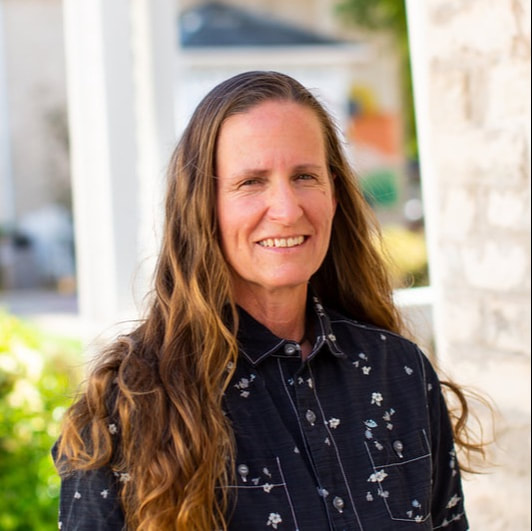 Has anyone ever told you to “beware of the camel’s nose”? Just the other day, as I was telling my teenage son about a situation and how I was planning to handle it, he looked at me and said very seriously, “Be careful mom, you’re letting the camel’s nose in the tent. Are you sure you want to do that?” His comment caught me off guard but his wisdom caused me to rethink my plan. He was referencing one of my favorite fables with a universal message that can be applied to almost any situation. As I pondered his response, I suddenly realized that the camel provides a great analogy for budgeting and spending habits, especially as we enter the winter holiday season. In case you are not familiar with the story about the camel in the tent, or if it’s been a while since you’ve heard it, let me share it with you. As with any fable, there are many versions, but this one is my favorite: |
TAKE A FREE CLASS!Host a ClassamandaSharing real-life money smarts to help you stay on track with financial goals while still enjoying life! Follow the fun on InstagramAS SEEN ONawardsBest of State 2022 & 2023: Personal Finance Education
1st Place National Award in Social Media Education from the National Extension Association of Family and Consumer Sciences
Gold Award in Blog Site category at the 7th annual Education Digital Marketing Awards.
Platinum Award in Digital Media, Web Design category at the International Marketing and Communication Awards.
Categories
All
|

